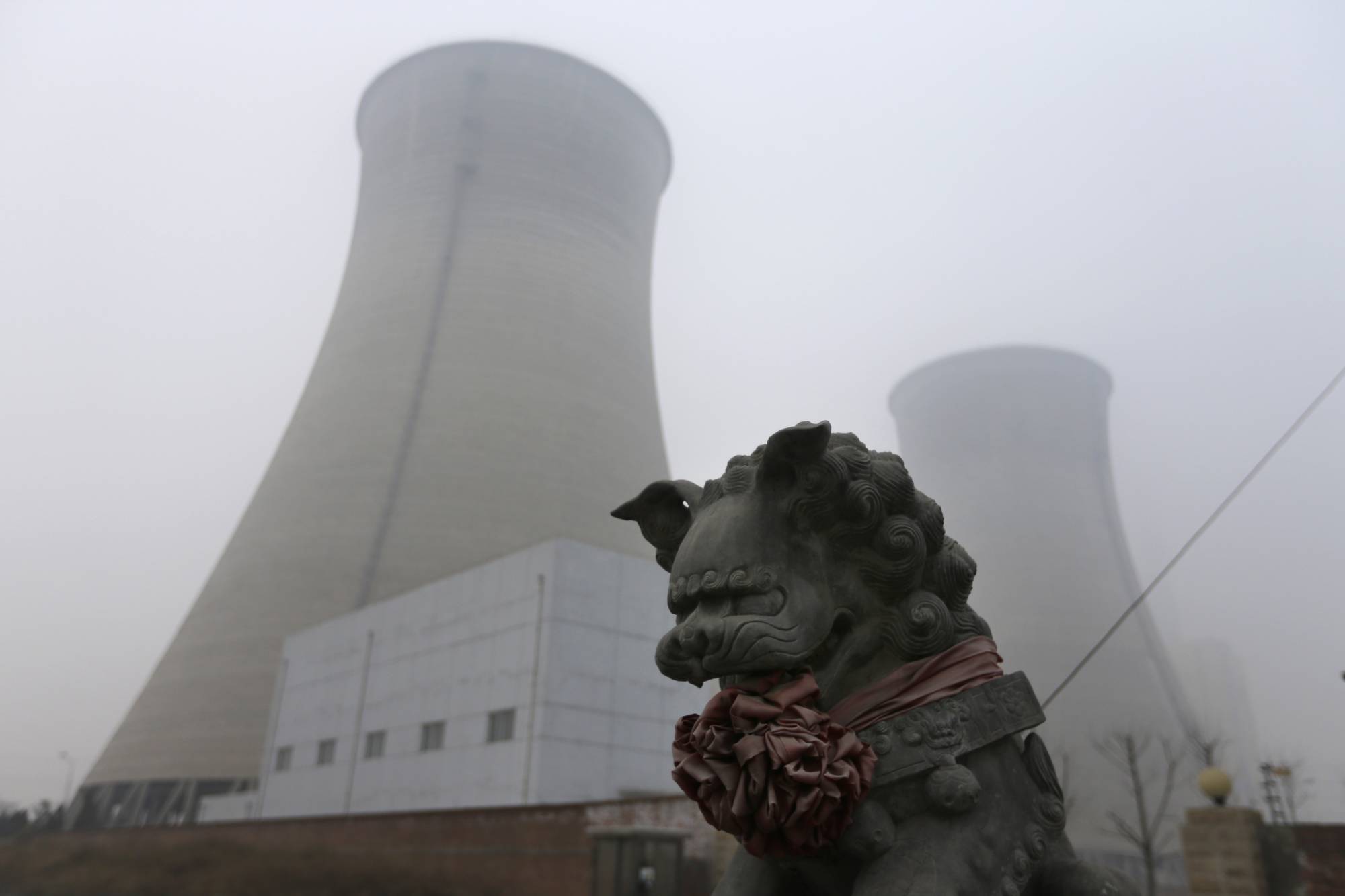China’s ambitious pledge to decarbonize by 2060 requires the world’s top polluter to dramatically raise the cost of spewing greenhouse gases into the atmosphere. A long-awaited national carbon market that is finally set to begin trading this year will be less demanding and more limited than initially anticipated, if draft plans are a guide. It’s worth welcoming anyway.
Beijing could have done better. Support from the top, plus an unparalleled ability to push through change at scale, give the country a significant advantage. At the same time, China’s command-economy traits make it tough to apply a market-based solution, especially one that isn’t producing the right numbers elsewhere either. For one, power market reform is a work in progress. Moreover, China remains a developing economy on many measures, and its regions don’t always move at the same speed.
Carbon markets generally work by setting a limit, then allowing companies to trade allocated allowances. It encourages good practice, as those that cut back can sell their surplus; Others have to buy credits, and costs should rise with time. The plan in China is now years late. While initially designed to include major industrial sectors, it will be limited to power generation — less ambitious, even if coal-fired plants account for almost half of China’s carbon dioxide emissions from fossil-fuel combustion. It’s set to focus on carbon intensity. Allocations and opt-outs look generous, according to a proposal seen last month.

















With your current subscription plan you can comment on stories. However, before writing your first comment, please create a display name in the Profile section of your subscriber account page.